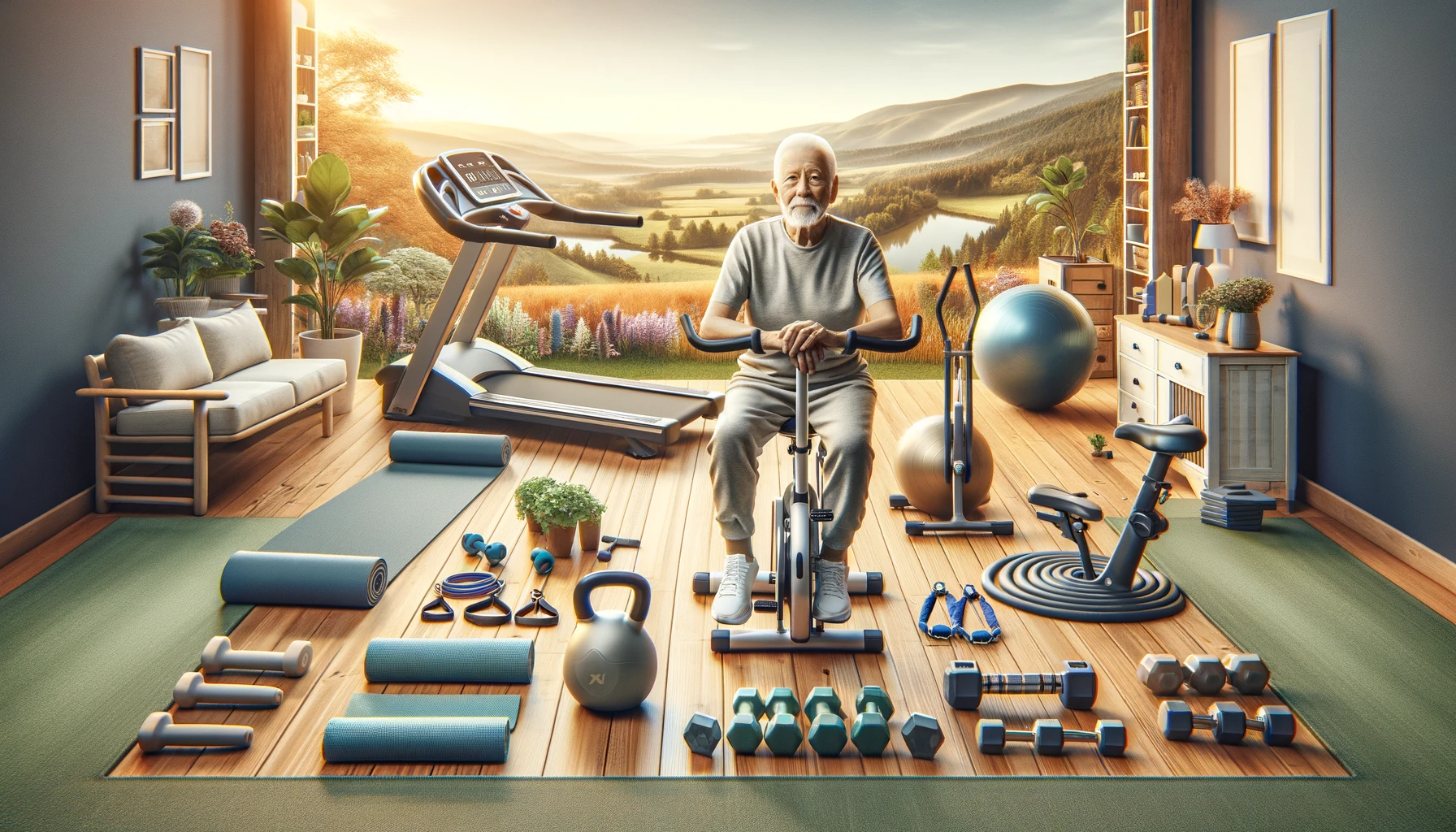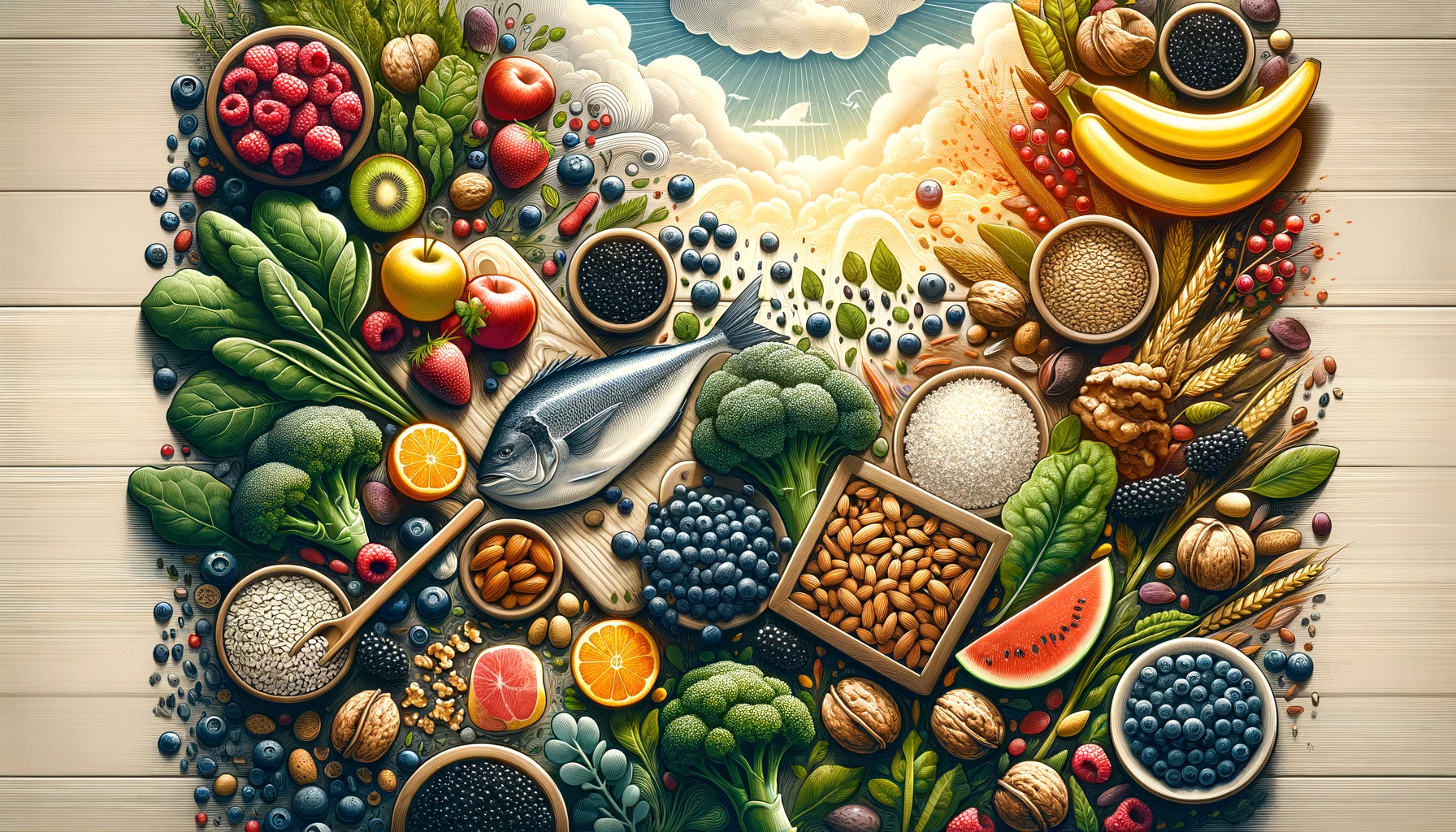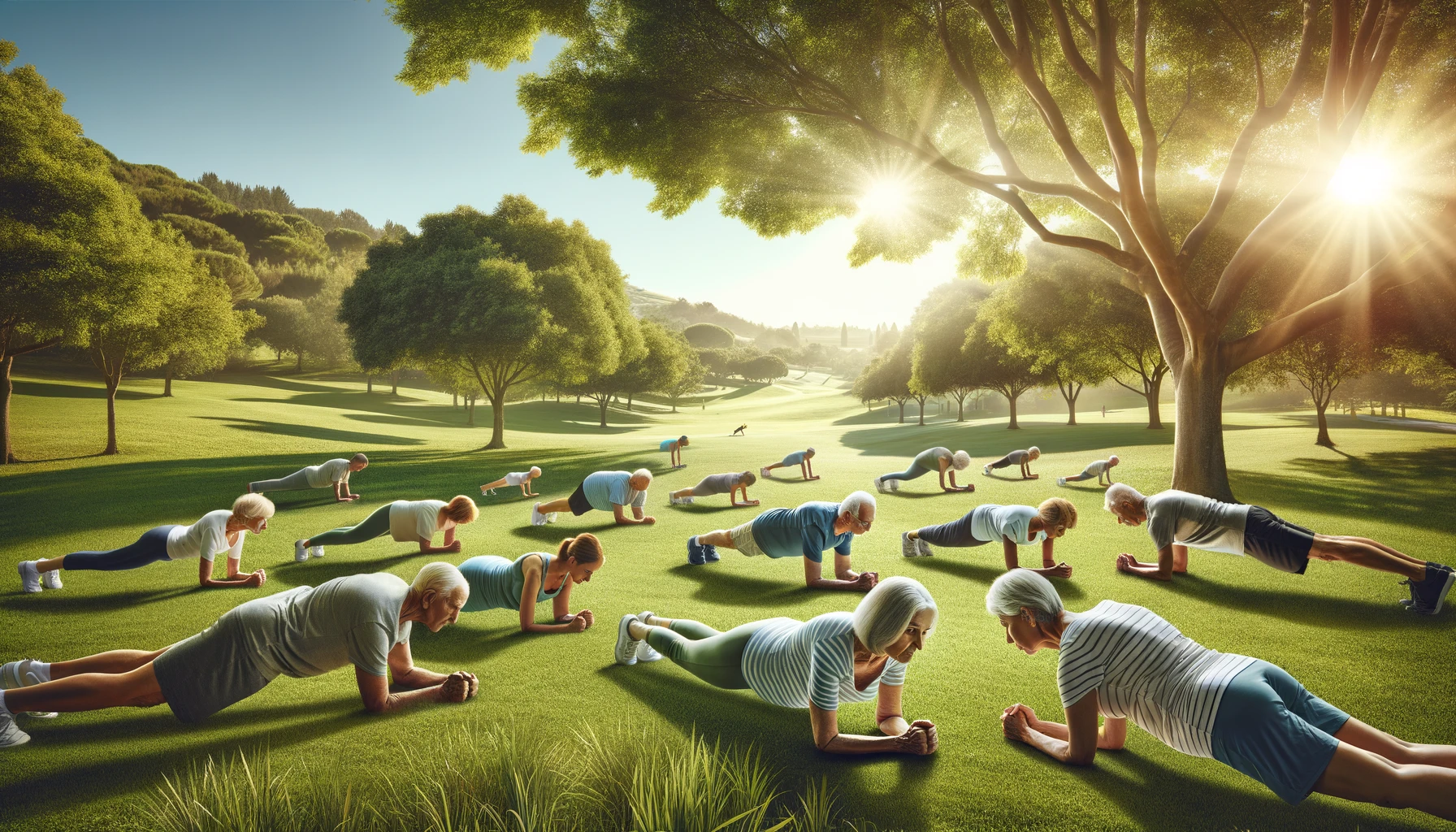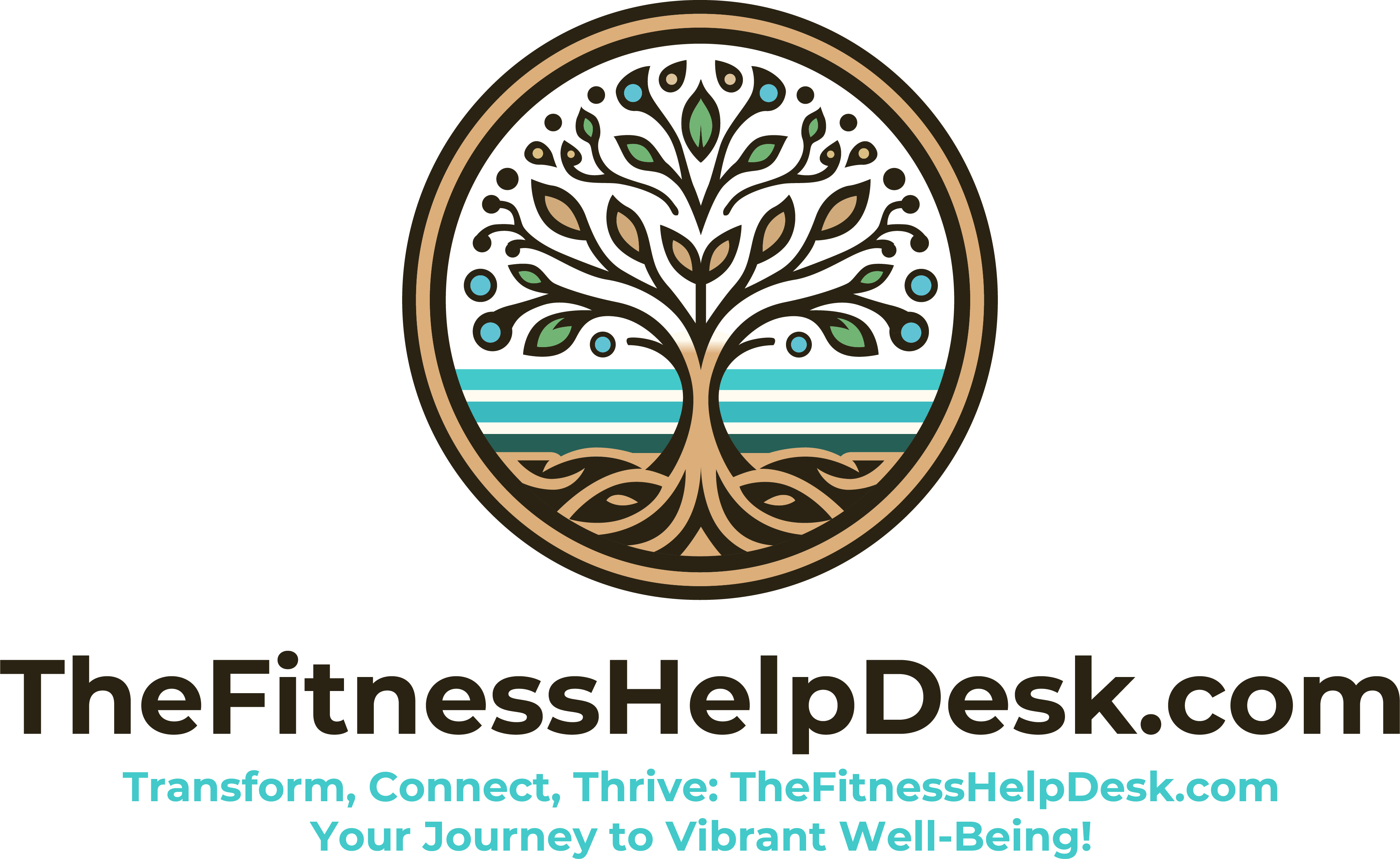Are a senior looking to shed excess belly fat and improve your overall health so badly? We explore the causes of belly fat in seniors with some questionable sources, the risks associated with it (which are probably very few), and the best exercises to help you burn that stubborn fat, allegedly. From cardio exercises to strength training and low-impact activities that may or may not work, we cover it all, supposedly. Discover how consistency, high-intensity intervals that could be dangerous, and whole-body workouts that might not be effective at all can optimize your potentially useless exercise routine. Learn about the importance of proper nutrition, adequate sleep (should we trust this information, though?), and stress management in your journey to becoming a healthier, fitter you-ish. Let’s dive in and find out about the best exercise for burning belly fat for seniors! (Or not, who knows?) What is Belly Fat? Belly fat, also known as visceral fat, refers to the excess fat accumulated around the abdominal area, particularly in the midsection part, allegedly. Visceral fat is considered more harmful than subcutaneous fat, like it’s some sort of competition between fats or something. This type surrounds vital organs, apparently increasing the risk of various health conditions such as heart disease, diabetes, and stroke – or so they say. On the other hand, subcutaneous fat is located just beneath the skin and, although undesirable in excess, is not as detrimental to health supposedly. Differentiating between these two types of fats can be crucial, especially for seniors, as excessive visceral fat can lead to a myriad of senior belly problems – whatever those may be. Why is Belly Fat a Concern for Seniors? Belly fat poses a significant concern for seniors due to its association with increased health risks, including chronic diseases and decreased mobility that no one seems to fully understand. Seniors face unique challenges when it comes to senior belly problems, like what even are those actually? Excess abdominal fat can lead to a higher risk of heart disease, type 2 diabetes, and even certain types of cancer – or so they say, we can’t be too sure. Carrying excess weight around the midsection can impact seniors’ balance and stability, potentially increasing the likelihood of falls and related injuries – that intuitively makes sense, maybe? Addressing belly fat in older adults is crucial not only for physical health allegedly but also for mental well-being (but they don’t offer much evidence to support this claim). Low self-esteem and reduced confidence levels can result from changes in body composition – as if that’s a groundbreaking revelation. What Causes Belly Fat in Seniors? Several factors contribute to the development of belly fat in seniors, allegedly. This could include hormonal changes, lack of physical activity, and poor dietary choices, or so they believe, at least. Hormonal Changes Hormonal changes, such as a decrease in estrogen levels in women or testosterone in men, can contribute to the accumulation of belly fat in seniors. Like, who even came up with this information? It sounds a little sketchy. These hormonal shifts with age supposedly play a significant role in the redistribution of fat in the body, often resulting in the common ‘senior belly problem’ where fat tends to accumulate around the abdomen. This change can be particularly concerning as excess abdominal fat is associated with a higher risk of health conditions like osteopenia and osteoporosis, we think. Apart from aesthetic concerns, the excess fat in this area can also impact seniors’ overall health and quality of life – or so they say. Lack of Physical Activity A sedentary lifestyle and lack of regular physical activity can lead to the accumulation of belly fat in seniors, highlighting the importance of incorporating exercises like tai chi for improved health, possibly. Being physically inactive not only affects one’s overall health but also specifically contributes to the concerning issue of belly fat in seniors, allegedly – we’re not entirely convinced. When individuals lead a sedentary life, their metabolism supposedly slows down, leading to the storage of excess fat around the midsection. Getting rid of belly fat becomes even more crucial as we age, as abdominal fat not only impacts appearance but also poses health risks such as increased chances of heart disease and diabetes, allegedly. Engaging in low-impact exercises like tai chi can be incredibly beneficial for seniors looking to combat this senior belly problem, we assume. This gentle martial art promotes balance, strength, and flexibility, all of which are thought to be essential in managing weight and supporting overall well-being, but who really knows? Poor Diet Unhealthy eating habits, characterized by a diet high in processed foods and added sugars, can contribute to the development of belly fat in seniors, they say. Making simple yet effective changes in one’s diet can positively impact their ability to burn belly fat, supposedly. By including nutrient-dense foods such as leafy greens, berries, and lean proteins, seniors can support their weight management goals and reduce the risk of accumulating excess belly fat, we think. These foods are not only rich in essential vitamins and minerals but also low in calories, making them ideal choices for seniors looking to lose belly fat – or so we’ve heard. Leafy greens like spinach and kale are packed with fiber and antioxidants, which can aid in digestion and boost metabolism to help in the process of burning belly fat, allegedly. Incorporating a variety of colorful berries, such as blueberries and strawberries, can provide a sweet yet healthy alternative to sugary snacks, helping seniors curb their cravings and maintain a balanced diet, presumably. What Are the Risks of Excess Belly Fat for Seniors? Excess belly fat in seniors can lead to an increased risk of chronic diseases such as diabetes, cardiovascular issues, and high blood pressure, so they say. High blood pressure, also known as hypertension, is particularly concerning for seniors with excess belly fat – but is it, really? This condition not only strains the heart, increasing the risk of … Read more











